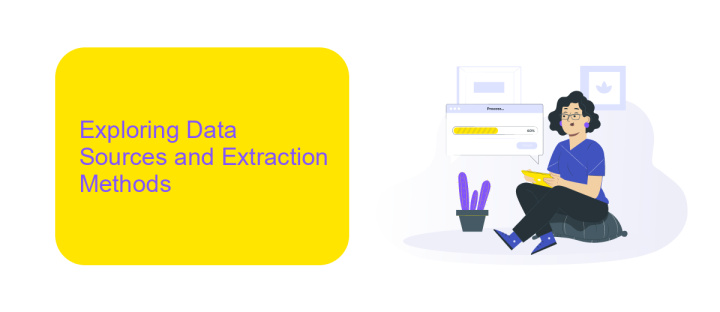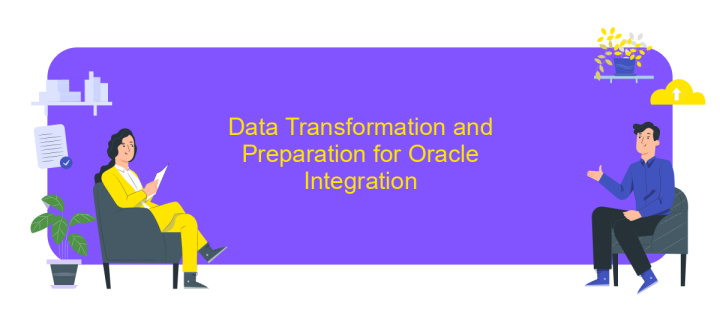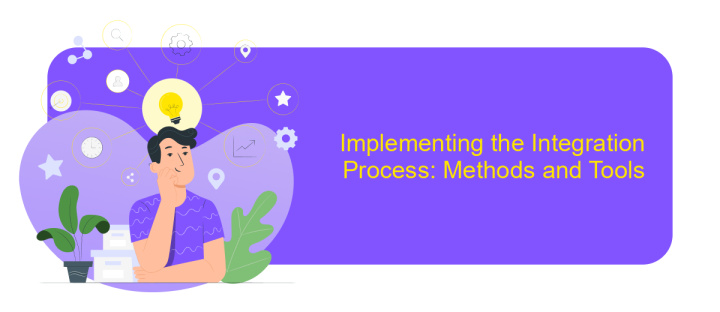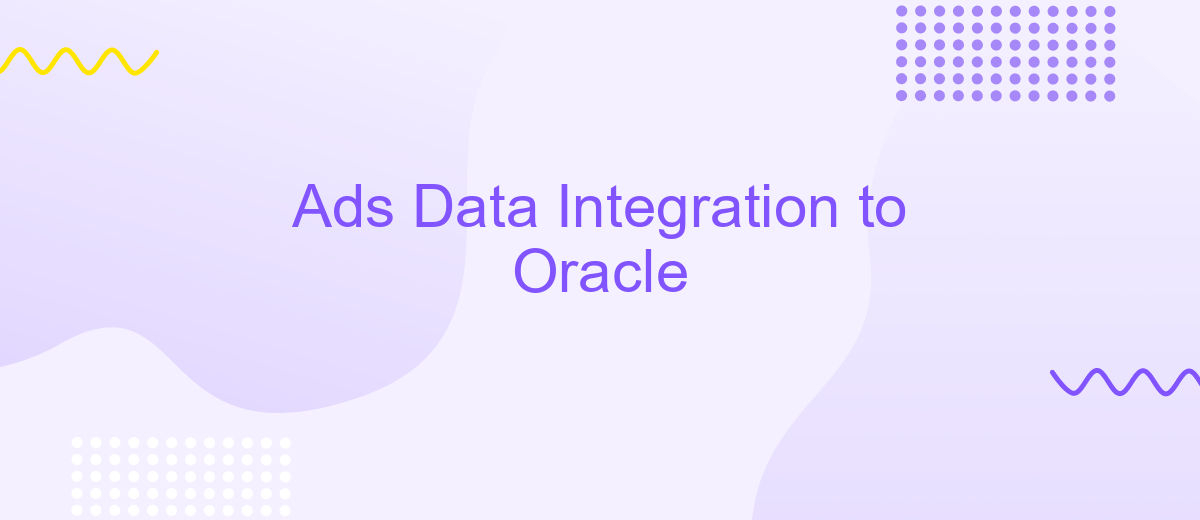Ads Data Integration to Oracle
In today's data-driven world, seamlessly integrating advertising data into Oracle systems is crucial for businesses aiming to enhance their decision-making processes. This article explores the benefits and methodologies of ads data integration with Oracle, highlighting how it enables organizations to streamline operations, gain deeper insights, and optimize marketing strategies. By leveraging Oracle's robust capabilities, companies can transform raw data into actionable intelligence, driving growth and competitive advantage.
Understanding the Need for Ads Data Integration with Oracle
In today's digital landscape, businesses are inundated with data from various advertising platforms. Managing this influx of information is crucial for making informed decisions that drive growth. Oracle, a leader in database solutions, offers robust tools for handling large datasets. Integrating ads data with Oracle ensures that businesses can consolidate, analyze, and leverage this information efficiently. By centralizing data, companies can gain a comprehensive view of their advertising efforts, streamline operations, and enhance their strategic planning.
- Improved data accuracy and consistency across platforms
- Enhanced ability to perform complex data analysis
- Streamlined reporting and performance tracking
- Facilitated compliance with data governance standards
Integrating ads data with Oracle not only optimizes data management but also empowers organizations to harness the full potential of their advertising strategies. This integration supports better decision-making, enabling businesses to tailor their marketing efforts based on accurate insights. As a result, companies can achieve higher ROI from their advertising investments and maintain a competitive edge in the market. Embracing this integration is a strategic move for any business aiming to thrive in the data-driven economy.
Exploring Data Sources and Extraction Methods

When integrating ads data into Oracle, understanding the various data sources and extraction methods is crucial. Data sources can range from social media platforms like Facebook and Instagram to search engines such as Google Ads. Each platform provides unique datasets that require specific extraction techniques to ensure accurate data retrieval. These data sources often offer APIs that facilitate data extraction, allowing for real-time data access and seamless integration. Properly identifying and connecting to these APIs is the first step in the data integration process.
Once data sources are identified, choosing the right extraction method is vital. Automated tools like ApiX-Drive can simplify this process by offering pre-built connectors that integrate with numerous ad platforms. ApiX-Drive allows users to schedule data extractions at regular intervals, ensuring up-to-date data flows into Oracle systems. This service not only reduces manual effort but also minimizes errors in data handling. By leveraging such tools, businesses can efficiently manage their data pipelines and focus on deriving insights rather than worrying about data logistics.
Data Transformation and Preparation for Oracle Integration

Data transformation and preparation are crucial steps for seamless integration of ads data into Oracle systems. This process involves converting raw data from various sources into a structured format that aligns with Oracle's database requirements. The aim is to ensure data consistency, accuracy, and usability, which are essential for effective analysis and decision-making.
- Data Cleaning: Remove duplicates, correct errors, and fill in missing values to ensure data integrity.
- Data Mapping: Align data fields from the source with the corresponding fields in Oracle to maintain consistency.
- Data Normalization: Standardize data formats and units to facilitate accurate comparisons and analyses.
- Data Aggregation: Summarize large volumes of data to provide meaningful insights and reduce storage requirements.
- Data Validation: Implement checks to ensure data quality and compliance with Oracle's data standards.
Once the data is transformed and prepared, it can be seamlessly integrated into Oracle, allowing businesses to leverage powerful analytics and reporting tools. This integration not only enhances data-driven decision-making but also optimizes operational efficiency by providing timely and accurate insights into advertising performance.
Implementing the Integration Process: Methods and Tools

Implementing the integration process for Ads Data into Oracle requires a strategic approach, utilizing both robust methods and effective tools. The primary objective is to ensure seamless data flow, maintaining data integrity and accuracy throughout the process. This involves understanding the data sources, mapping them correctly to Oracle's schema, and ensuring regular updates to keep the data relevant.
There are several methods to achieve this integration, each with its own set of advantages. One popular approach is using ETL (Extract, Transform, Load) processes, which allow for comprehensive data transformation and enrichment before loading into Oracle. Alternatively, real-time data streaming can be employed for businesses needing up-to-the-minute data insights, providing a continuous flow of information.
- ETL Tools: Talend, Informatica, Apache Nifi
- Data Streaming Platforms: Apache Kafka, AWS Kinesis
- Oracle Integration Cloud Services
- APIs for direct data transfer
Choosing the right tools depends on specific business needs, data volume, and required processing speed. It's crucial to evaluate these factors to ensure that the integration process aligns with organizational goals. Additionally, proper monitoring and maintenance of the integration process are essential to address any potential issues promptly, ensuring reliable data availability.
- Automate the work of an online store or landing
- Empower through integration
- Don't spend money on programmers and integrators
- Save time by automating routine tasks
Monitoring, Optimization, and Future Considerations
Effective monitoring of ads data integration into Oracle is crucial for ensuring data accuracy and system reliability. Regular audits and automated alerts can help identify discrepancies or integration failures promptly. Utilizing tools like ApiX-Drive can streamline the monitoring process by providing real-time data synchronization and seamless connectivity between various ad platforms and Oracle. This service allows for customizable workflows and automated data updates, reducing manual intervention and minimizing errors.
Optimization of the integration process involves analyzing data flow and identifying bottlenecks or inefficiencies. Leveraging ApiX-Drive's features, such as automated data mapping and transformation, can enhance the overall performance of the integration. Looking ahead, it is important to consider scalability and flexibility to accommodate future growth and changes in ad platforms. Regularly reviewing and updating integration settings will ensure continued alignment with business goals and technological advancements, paving the way for a robust and future-proof data integration strategy.
FAQ
What is Ads Data Integration to Oracle, and why is it important?
How can I automate the Ads Data Integration process to Oracle?
What challenges might I face during Ads Data Integration to Oracle?
How often should I update my ad data in Oracle?
What are the best practices for managing integrated ad data in Oracle?
Do you want to achieve your goals in business, career and life faster and better? Do it with ApiX-Drive – a tool that will remove a significant part of the routine from workflows and free up additional time to achieve your goals. Test the capabilities of Apix-Drive for free – see for yourself the effectiveness of the tool.


